We all know that the wrasses, or Labridae family, are some of the most widespread and diverse of fishes. I’ve photographed them in just about every environment I’ve ever dived in and I always find them fascinating to watch; they’re always on the move, be it searching for food or interacting with each other. Every so often, you come across a few that really stand out from the crowd. Here are three amazing wrasses from the Red Sea.
Wrasses often display significant morphological differences between their juvenile and adult phases; it’s one of the reasons why they’re so fascinating after all. My first fish takes this characteristic to the next level. I’ve only rarely seen the juveniles of The Napoleon or Bumphead Wrasse (Cheilinus undulatus), it’s a very dull looking fish that resembles a squat grouper and spends its days hiding in coral. However, a diet of crustaceans, sea urchins, and even Crown of Thorns Stars helps it quickly grow to a whopping two meters and almost 200 kilos (440 lbs). Despite their size, they are very timid fish and almost always keep away from divers, perhaps aware that they are hunted across most of their range. The fish are often caught live and transported to fish markets where they can fetch significant sums.
My next fish is the Slingjaw Wrasse, so named for obvious reasons. It uses its jaw which thrusts forward to make a tube-like structure to feed on small coral-dwelling crabs and fishes. I found a video on YouTube which shows the fish in action.
It reaches over thirty centimeters at adulthood, and has a distinct yellow phase as a younger fish.
My final wrasse is again, an aptly named fish. This is the Broomtail Wrasse (Cheilinus lunulatus), which limits its range to just the Red Sea and Arabian Gulf. Again, this image shows an adult fish with its characteristic yellow marking and broom-like tail. The youngsters are well camouflaged and unremarkable, which may explain why I never photograph them. I have no idea what role the yellow crescent plays, but look at this parrotfish – is there a case of mimicry here?
This is Scarus niger; I don’t think any other parrotfish has that bright yellow marking. Maybe someone who knows better than I will add a comment?

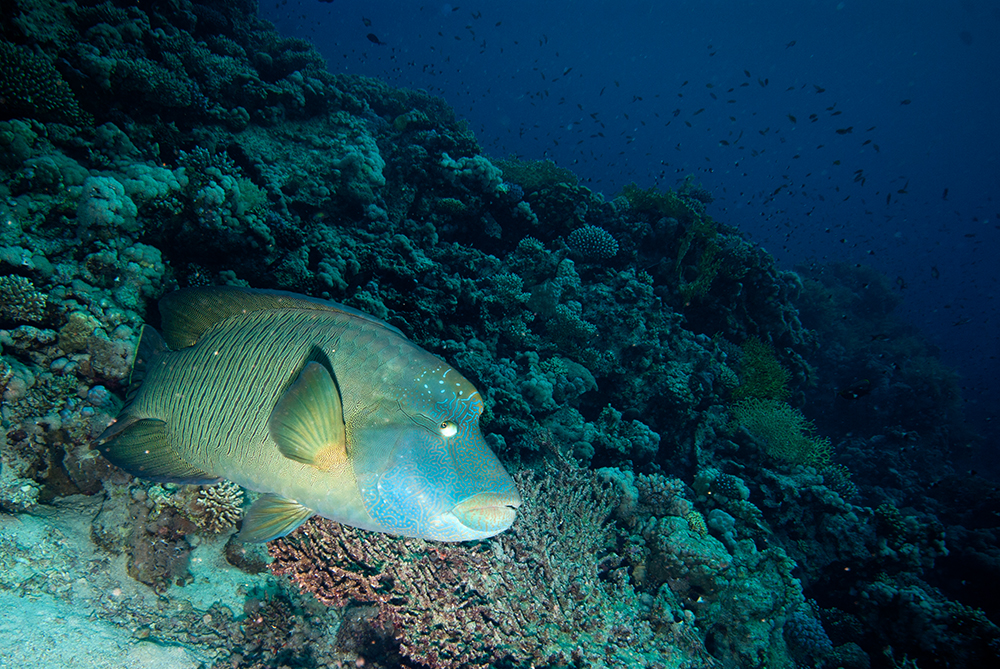
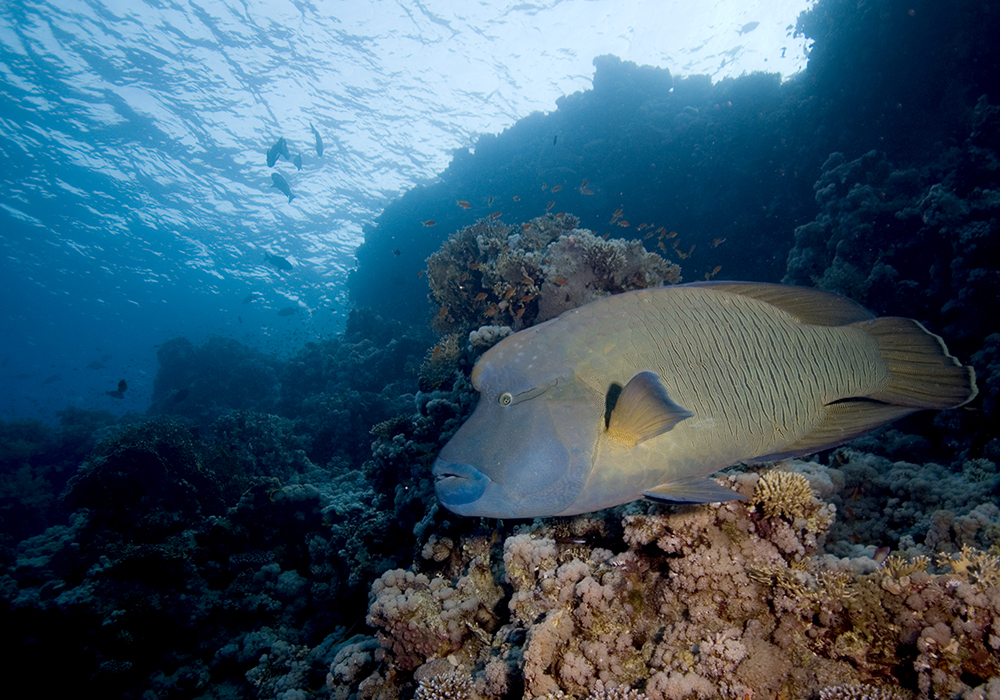
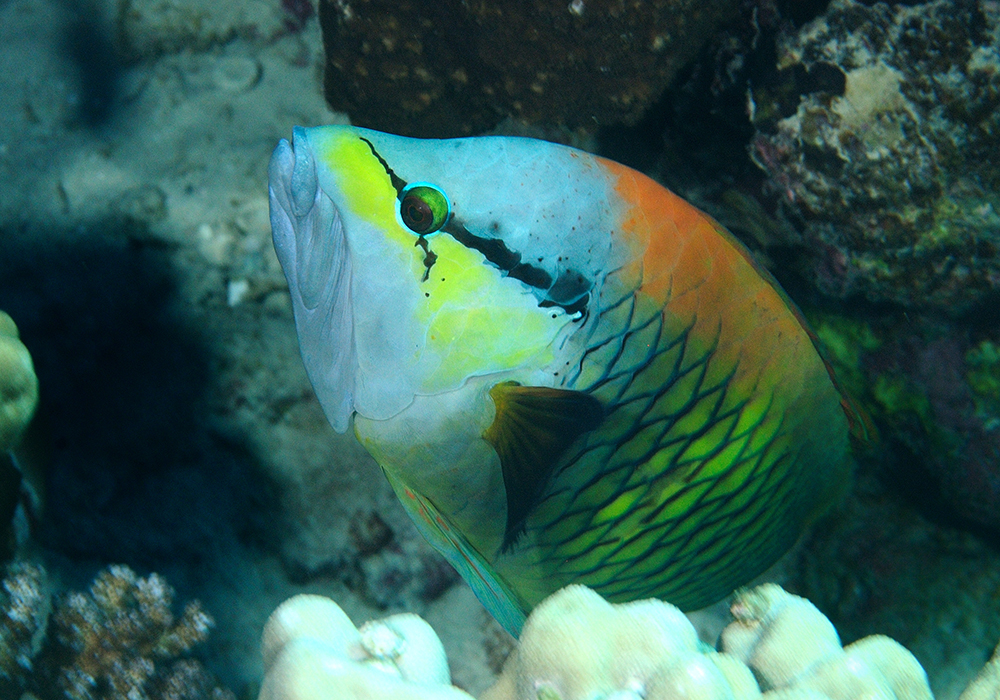
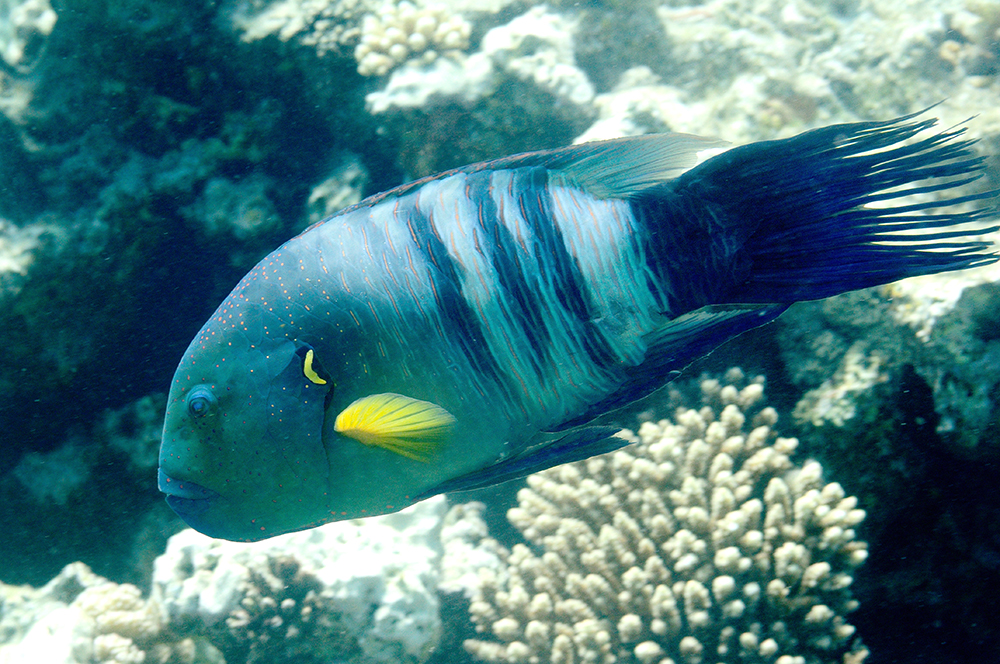
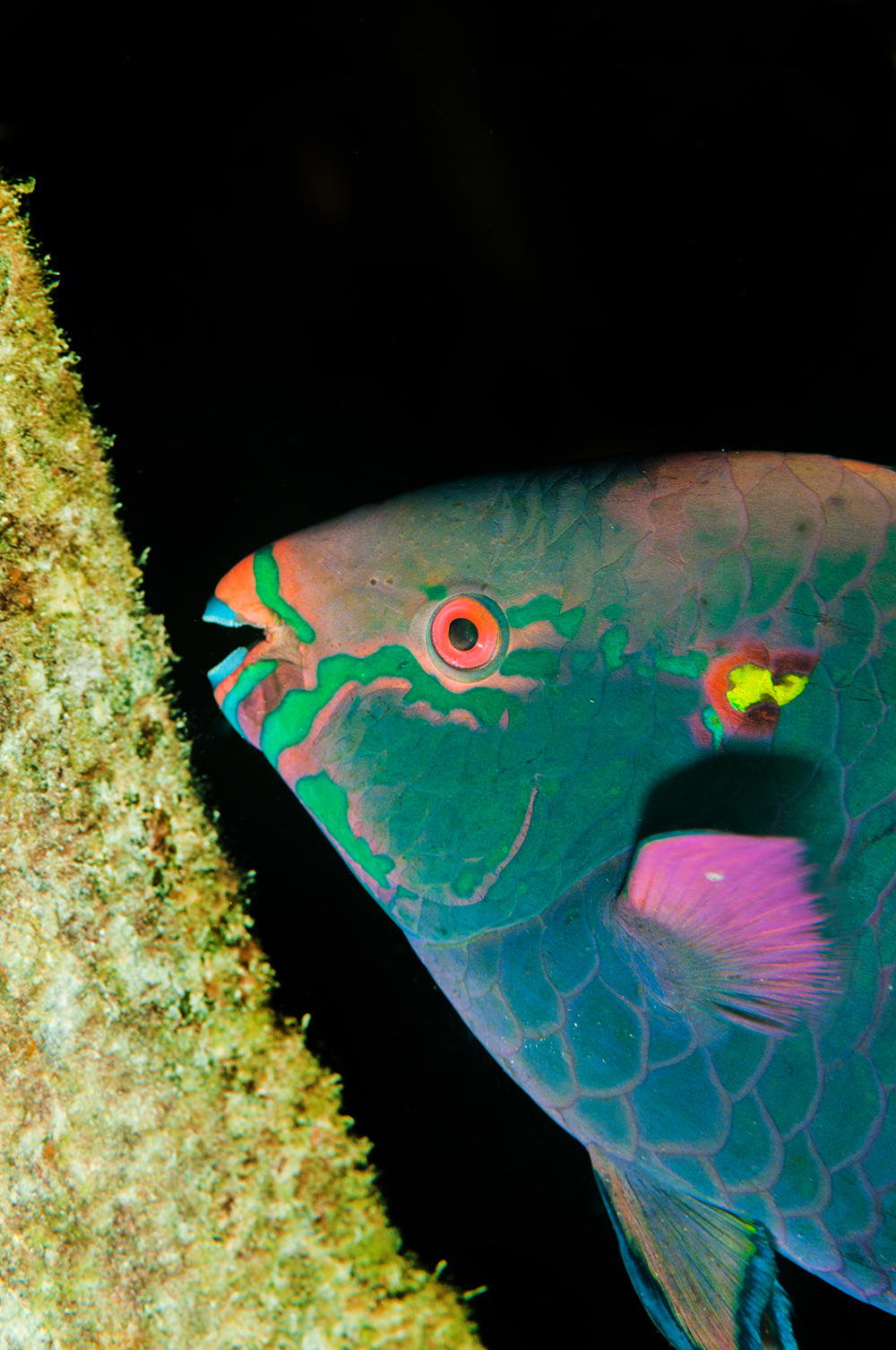









0 Comments